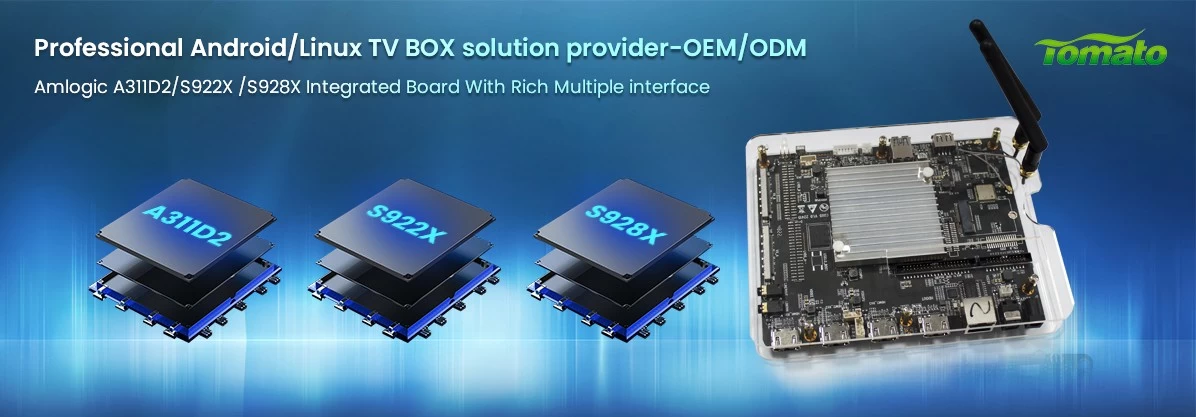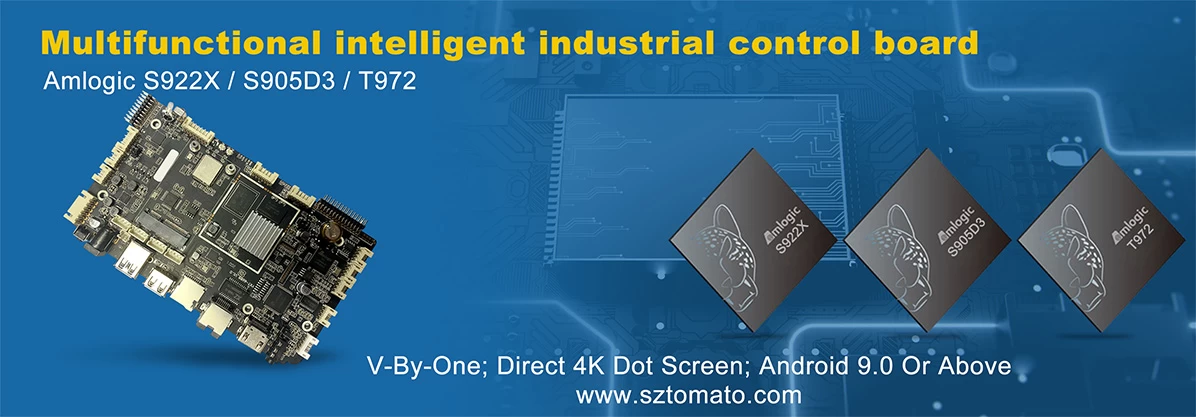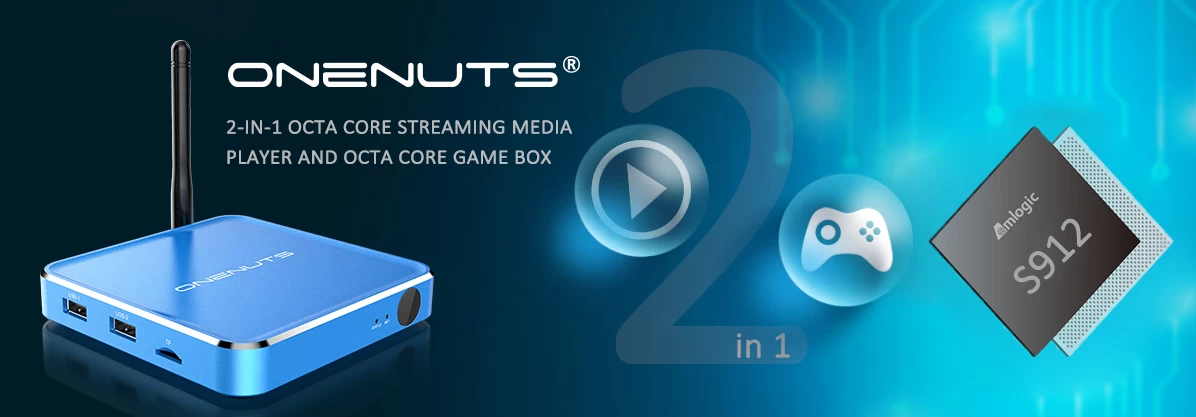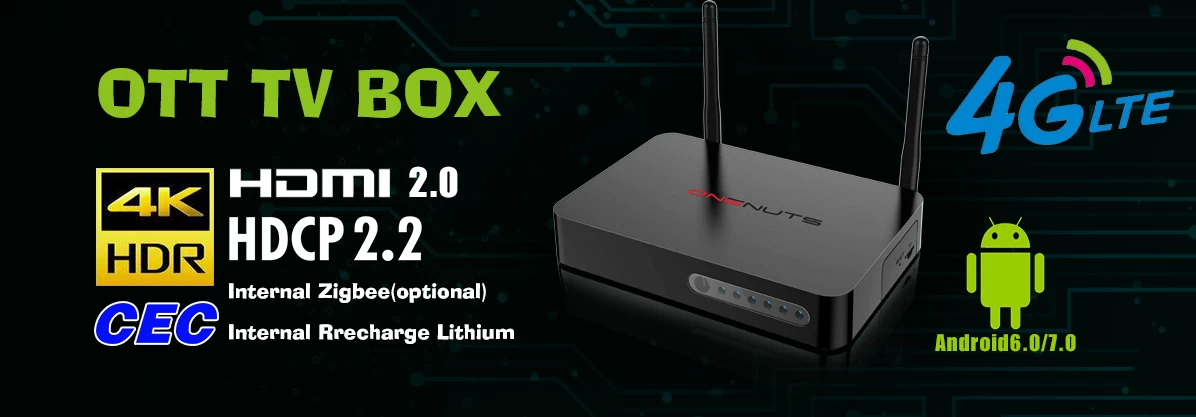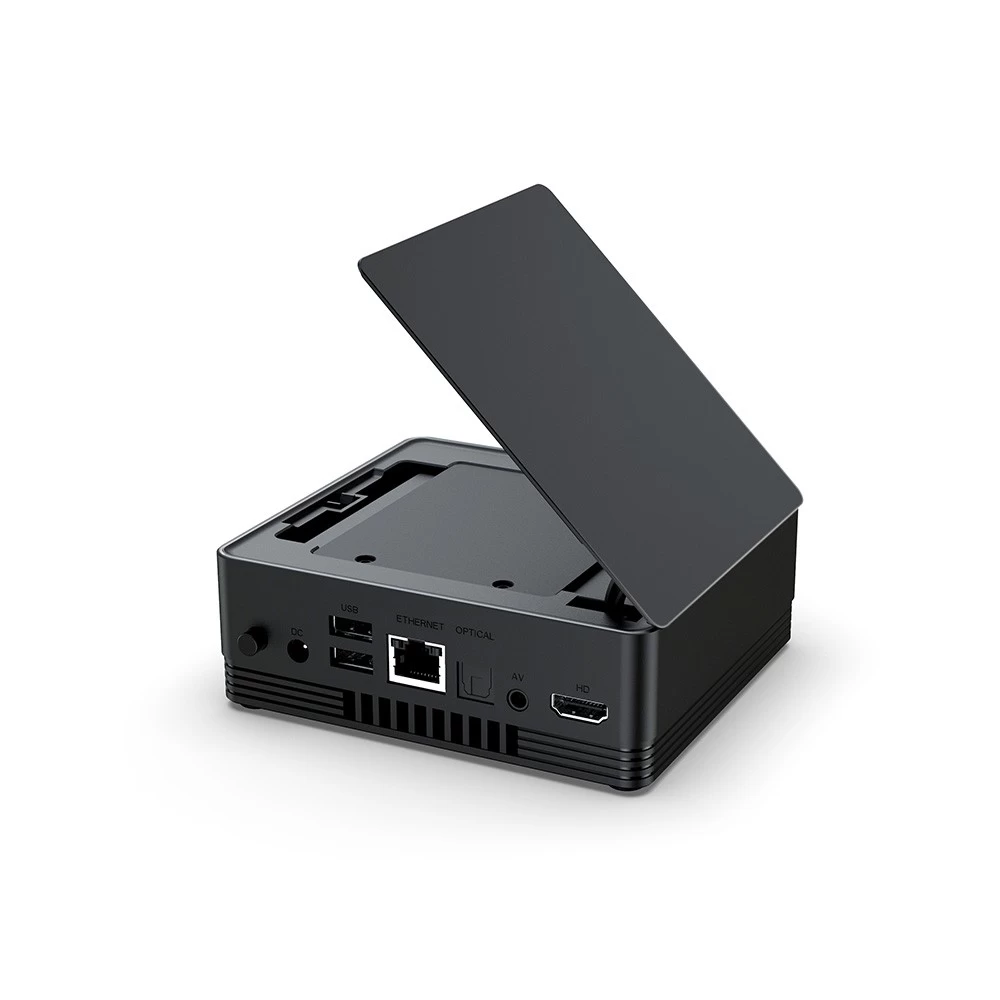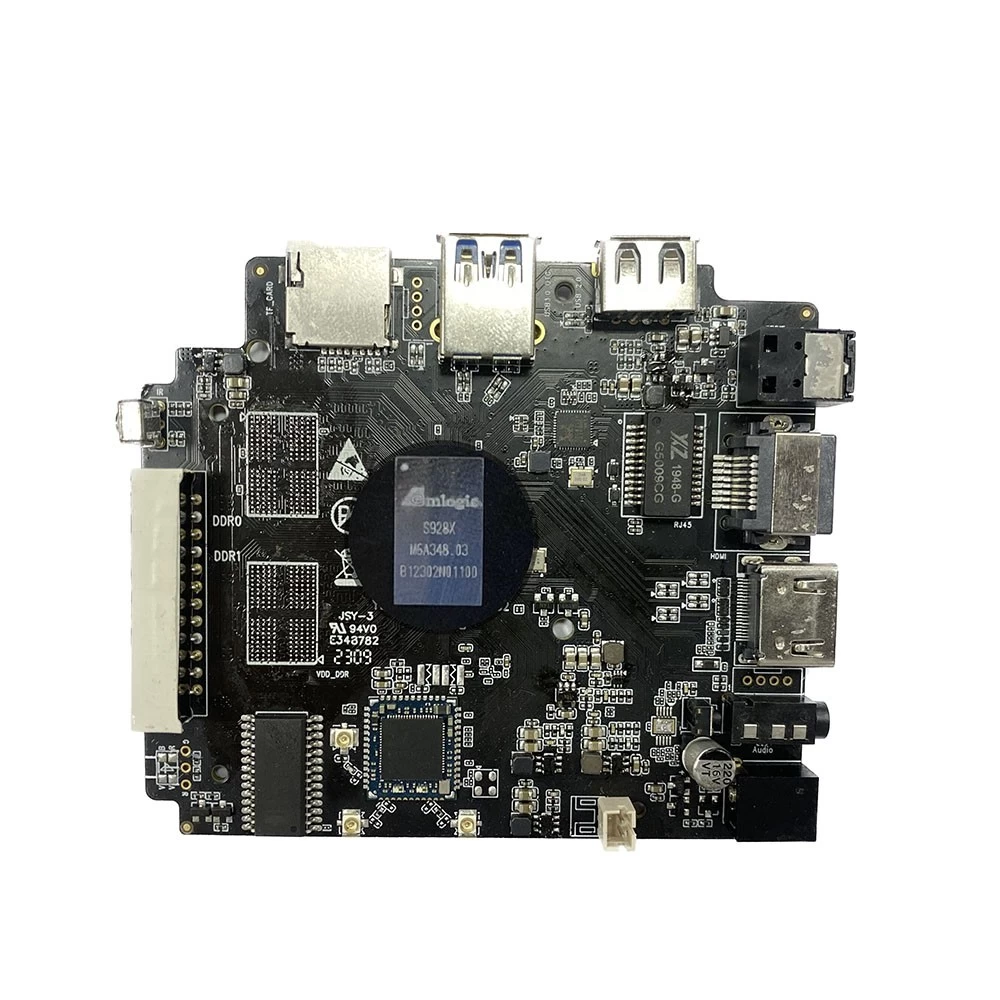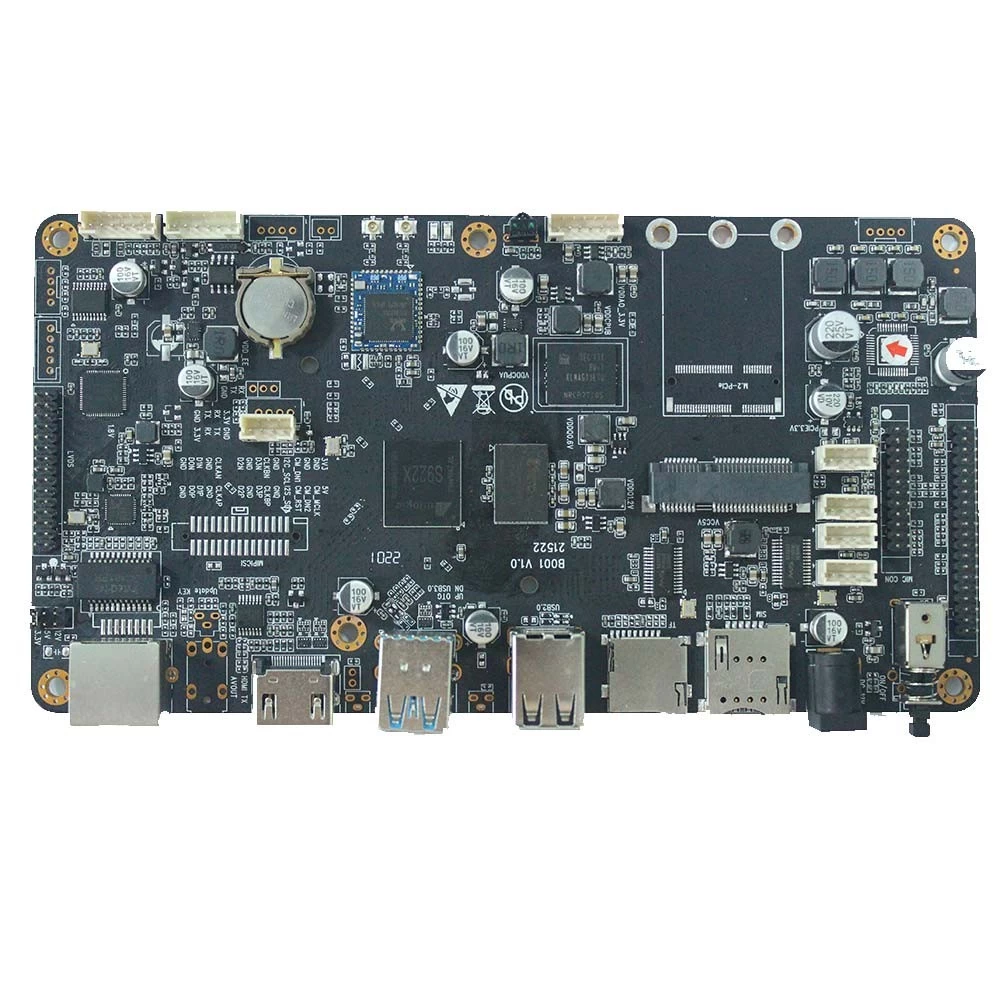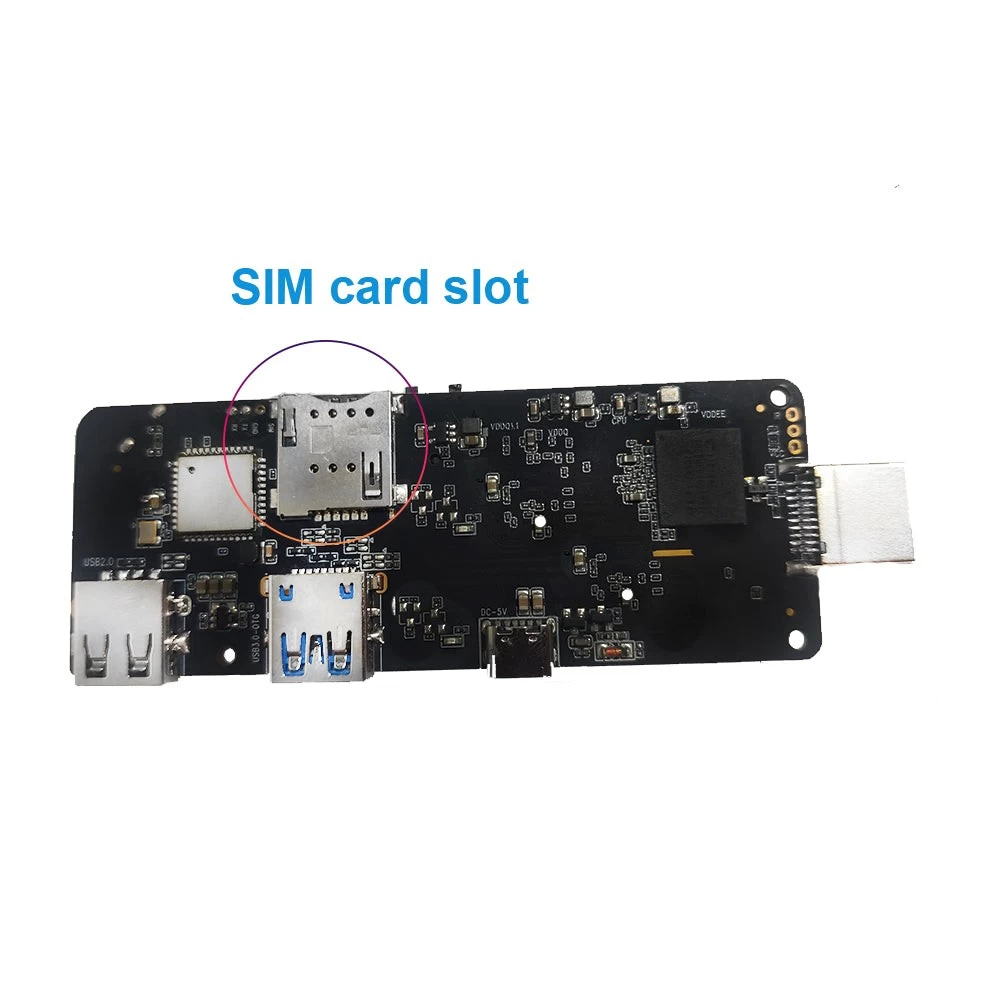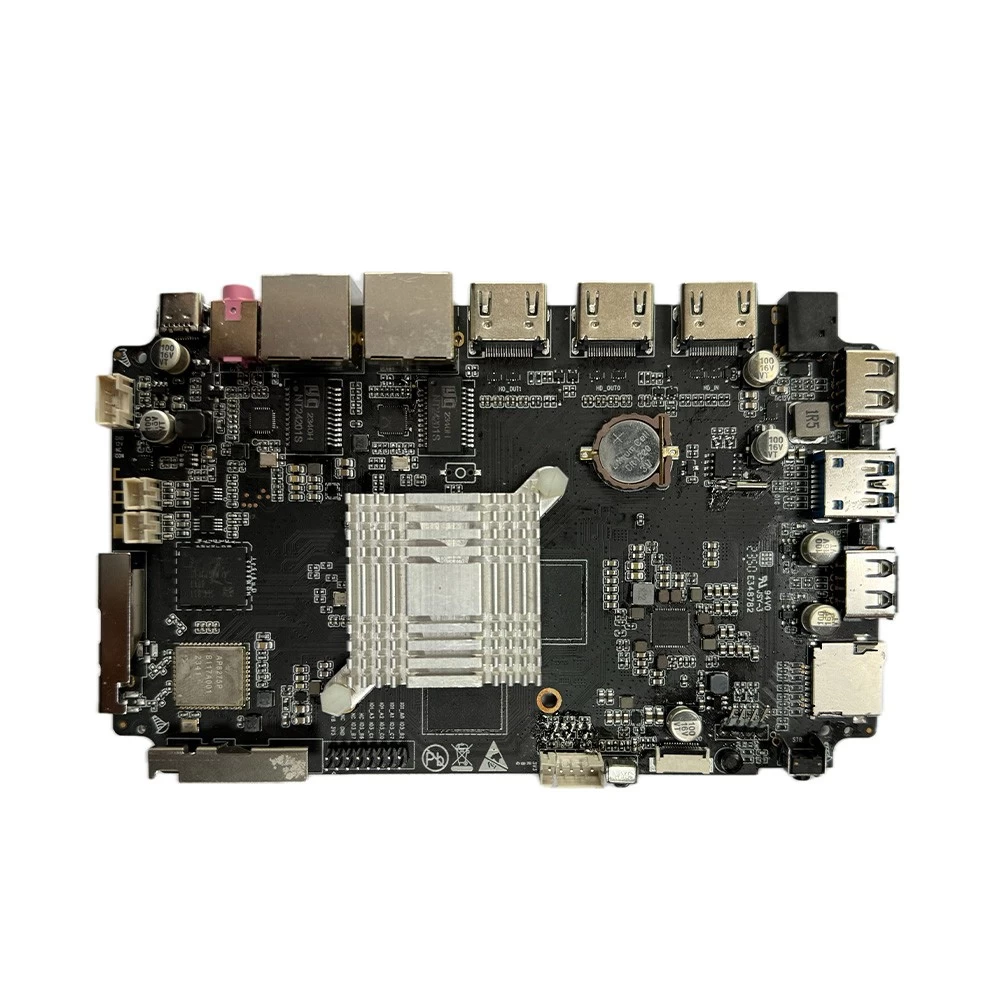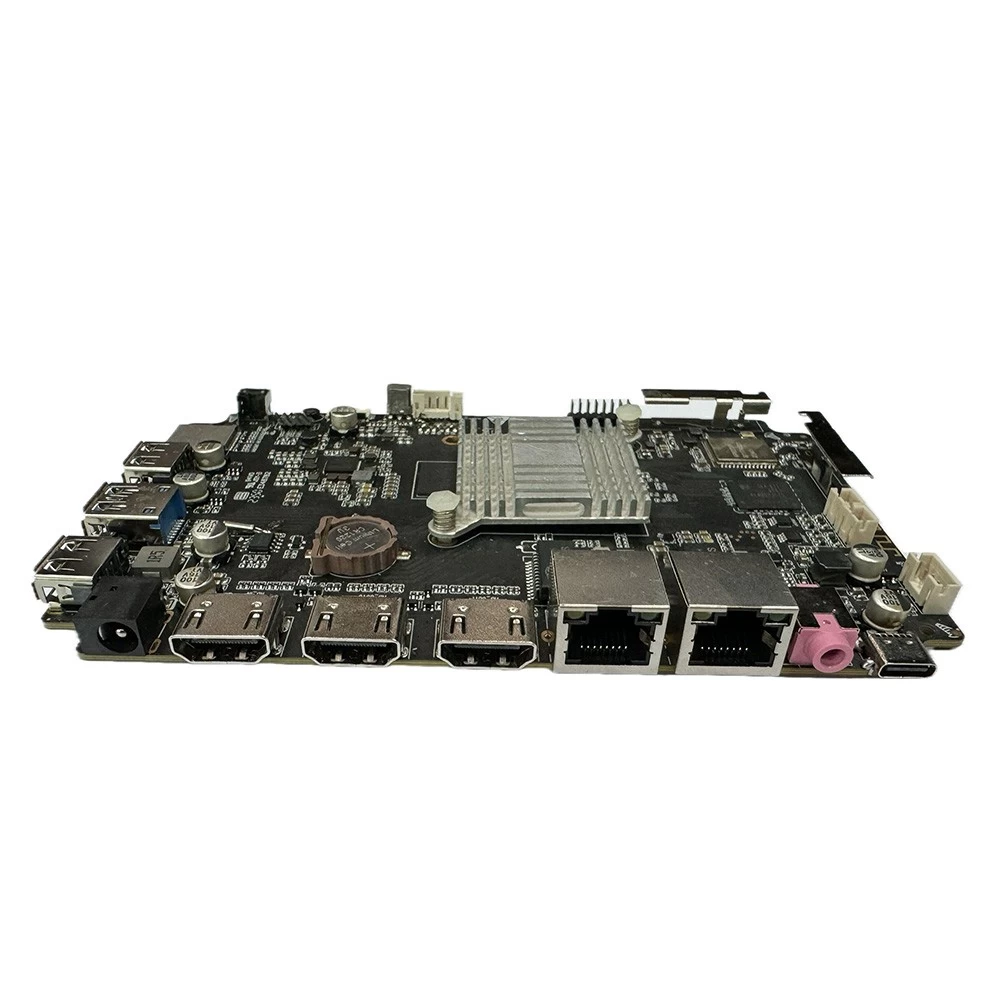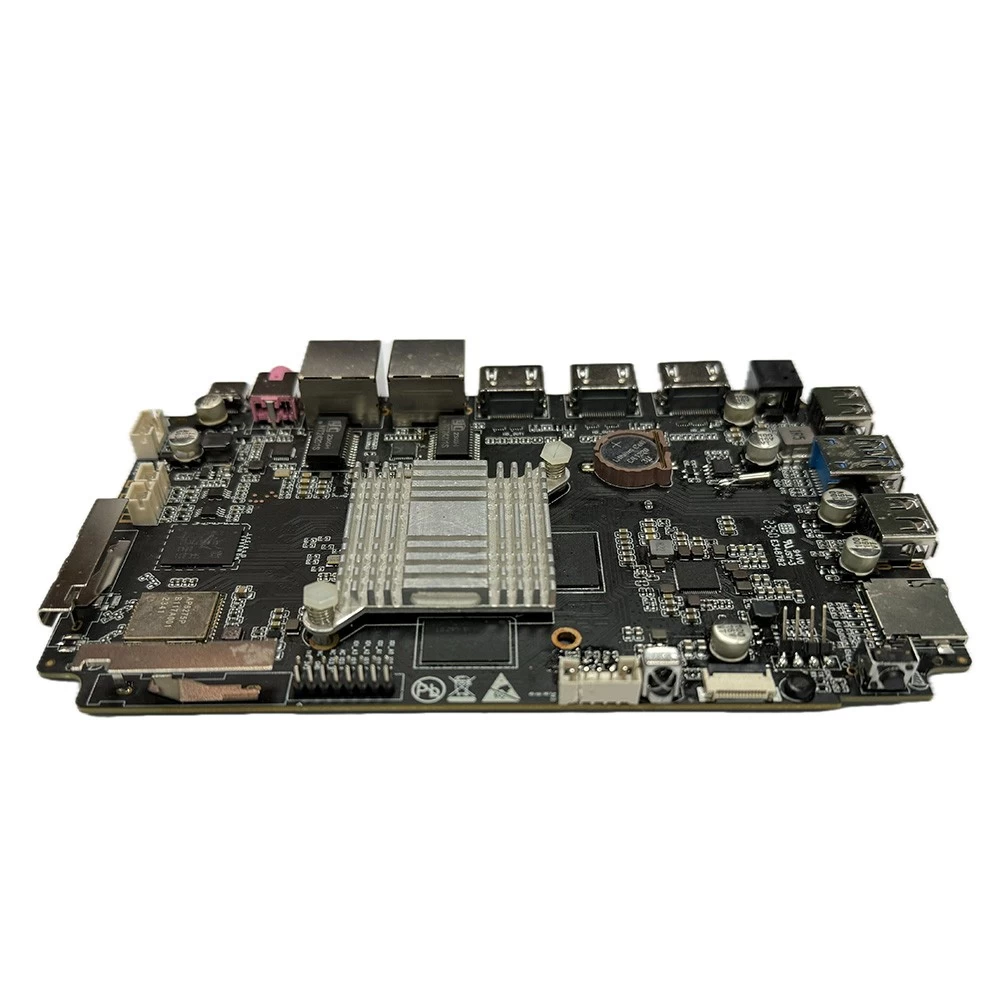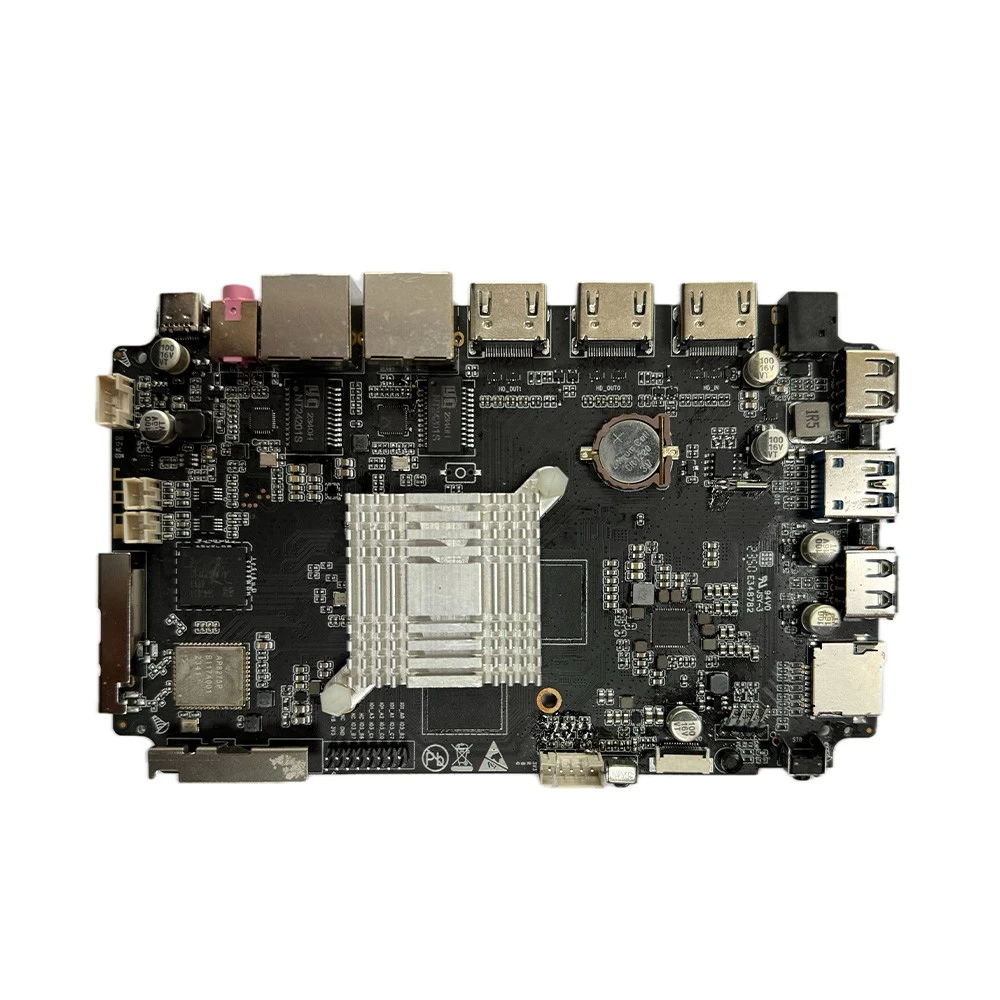[{1}
正在等待翻译……
正在等待翻译……
2017-05-09 10:47:12
NandFlash and eMMC difference comparison
Flash Memory is an electronic removable program in the form of a read-only memory that allows the memory to be erased or written several times during operation. This technology is mainly used for general data storage, as well as in the computer and other digital products to exchange data transmission, such as memory cards and U disk. Flash is a nonvolatile memory, so it is not necessary to consume power in terms of saving data.
NandFlash
NAND Flash Toshiba in 1989, the International Solid State Circuit Symposium (ISSCC) published in the NandFlash above to read and write data, to the external plus master and circuit design. The NAND Flash has a faster erase time, and each storage unit area is also smaller, which makes NAND Flash compared to NOR Flash has a higher storage density and lower cost per bit. While it can erase the number of NOR Flash 10 times higher. However, NAND Flash's I / O interface does not have a random access to the external address bus, which must be read in a block-like manner. The typical block size of NAND Flash is hundreds to thousands of bits.
Because most microprocessors and microcontrollers require byte-level random access, NAND Flash is not suitable for replacing ROMs that are used to load programs. From this point of view, NAND Flash is more like discs, hard drives such secondary storage devices. NAND Flash is ideal for a large number of storage devices such as memory cards. The first removable storage media based on NAND Flash is SmartMedia, and many storage media follow NAND Flash, including MultiMediaCard, Secure Digital, Memory Stick and xD cards.
EMMC
EMMC (Embedded Multi Media Card) for the MMC Association, eMMC is equivalent to NandFlash + master IC, external interface protocol and SD, TF card, mainly for mobile phones or tablet PCs and other products, embedded memory standard specifications. One of the obvious advantages of eMMC is the integration of a controller in the package that provides a standard interface and manages flash memory, enabling handset manufacturers to focus on other parts of product development and reduce time to market products. These features are equally important for NAND suppliers who wish to reduce the lithography size and reduce costs.
The eMMC consists of an embedded storage solution with an MMC (Multimedia Card) interface, a flash memory device (Nand Flash), and a host controller, all in a small BGA package. Interface speed up to 52MBytes per second, eMMC has a fast, scalable performance. While its interface voltage can be 1.8v or 3.3v.
Flash Memory is an electronic removable program in the form of a read-only memory that allows the memory to be erased or written several times during operation. This technology is mainly used for general data storage, as well as in the computer and other digital products to exchange data transmission, such as memory cards and U disk. Flash is a nonvolatile memory, so it is not necessary to consume power in terms of saving data.
NandFlash
NAND Flash Toshiba in 1989, the International Solid State Circuit Symposium (ISSCC) published in the NandFlash above to read and write data, to the external plus master and circuit design. The NAND Flash has a faster erase time, and each storage unit area is also smaller, which makes NAND Flash compared to NOR Flash has a higher storage density and lower cost per bit. While it can erase the number of NOR Flash 10 times higher. However, NAND Flash's I / O interface does not have a random access to the external address bus, which must be read in a block-like manner. The typical block size of NAND Flash is hundreds to thousands of bits.
Because most microprocessors and microcontrollers require byte-level random access, NAND Flash is not suitable for replacing ROMs that are used to load programs. From this point of view, NAND Flash is more like discs, hard drives such secondary storage devices. NAND Flash is ideal for a large number of storage devices such as memory cards. The first removable storage media based on NAND Flash is SmartMedia, and many storage media follow NAND Flash, including MultiMediaCard, Secure Digital, Memory Stick and xD cards.
EMMC
EMMC (Embedded Multi Media Card) for the MMC Association, eMMC is equivalent to NandFlash + master IC, external interface protocol and SD, TF card, mainly for mobile phones or tablet PCs and other products, embedded memory standard specifications. One of the obvious advantages of eMMC is the integration of a controller in the package that provides a standard interface and manages flash memory, enabling handset manufacturers to focus on other parts of product development and reduce time to market products. These features are equally important for NAND suppliers who wish to reduce the lithography size and reduce costs.
The eMMC consists of an embedded storage solution with an MMC (Multimedia Card) interface, a flash memory device (Nand Flash), and a host controller, all in a small BGA package. Interface speed up to 52MBytes per second, eMMC has a fast, scalable performance. While its interface voltage can be 1.8v or 3.3v.

